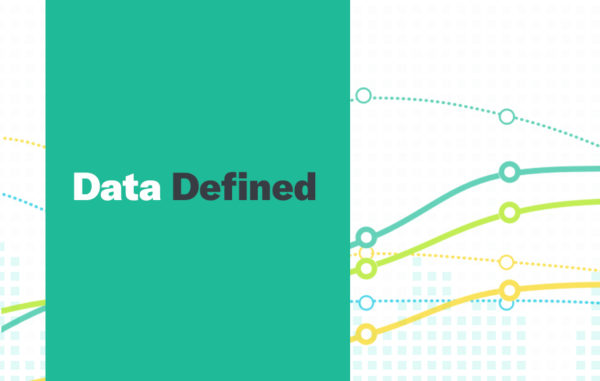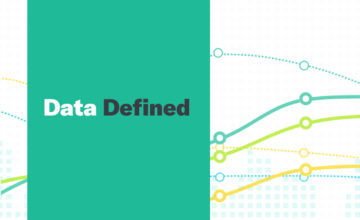Virtual Reality Defined
Virtual reality (VR) is the use of computer technology to place a user inside a three-dimensional, computer generated environment. Virtual Reality has the ability to stimulate the senses of vision, touch, hearing and smell to give a user a realistic experience inside an artificial world.
To successfully create a realistic experience, VR designers use a set of conventional rules to conform virtual environments to a users mental expectation of reality. For this to happen, a VR headpiece needs to include:
- Field Of View (FOV) – VR hardware designers are able to create devices that allow for a 180-degree FOV. Humans have the ability for 220 degree field of view.
- Frame Rate – Most developers aim for a VR content of 90 FPS.
- Sound Effects – VR relies on technology called spatial audio which creates a simulated audio landscape that matches the visuals created by VR.
- Head and Position Tracking -There are two types of head and position tracking used for VR applications. These are measured in degrees of freedom, they are 3DoF and 6DoF.
Businesses can use virtual reality to:
- Enhanced Customer Experience – VR allow for a more immersive and focused shopping experience. Users are able to experience a product in a virtual environment, allowing them to focus on the virtual experience without external distractions.
- Immersive and Interactive Marketing Strategies – VR technology allows businesses to have a great deal of flexibility in utilizing the ‘try before you buy’ concept. With VR, product marketing revolves around creating an immersive first-hand experience of the product.
- Advanced Business and Consumer Analytics – VR allows consumers to evaluate the quality, performance, and marketability of a product. This allows marketers to analyze more robust data that can be used to improve product quality and increase customer loyalty.
In Data Defined, we help make the complex world of data more accessible by explaining some of the most complex aspects of the field.
Click Here for more Data Defined.


